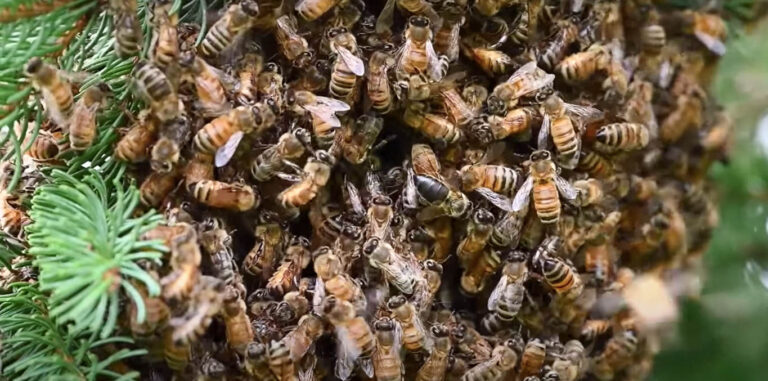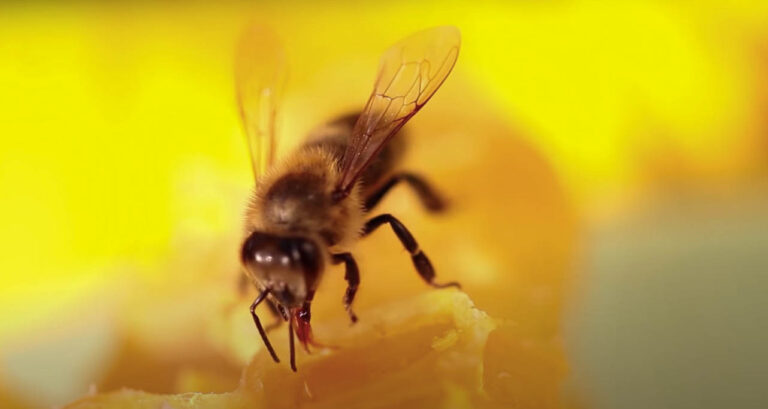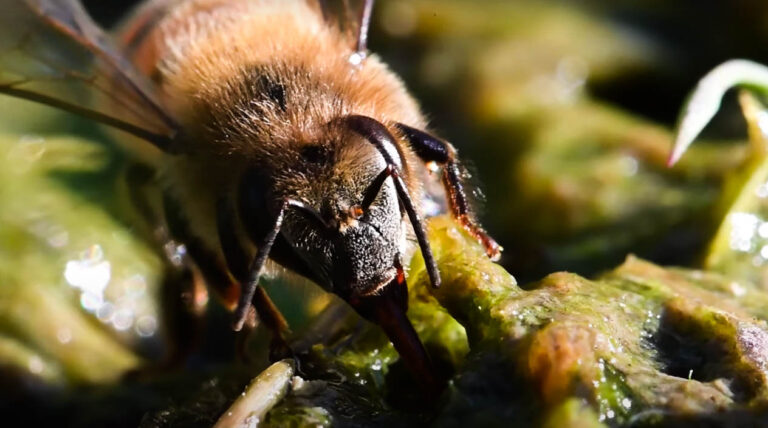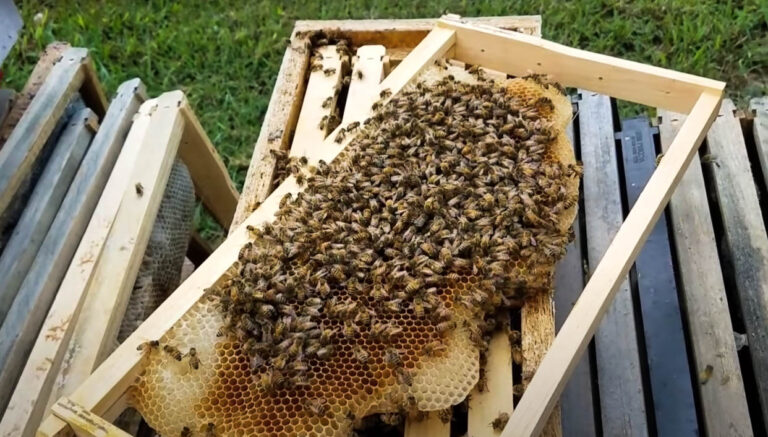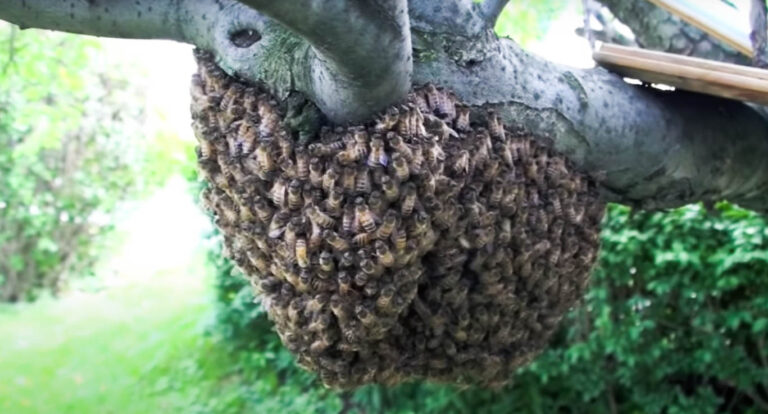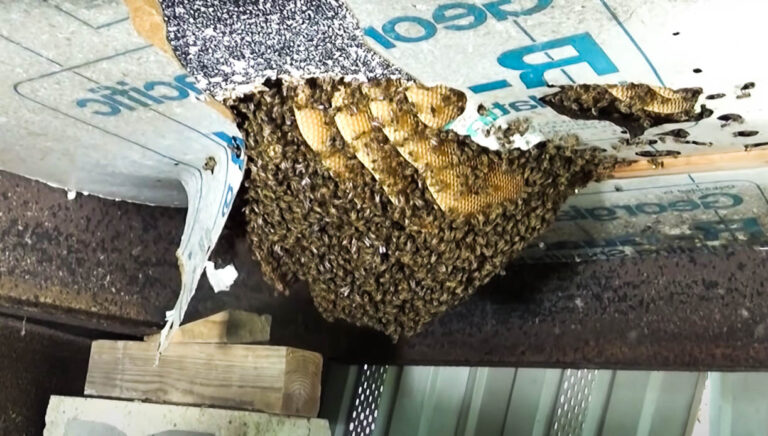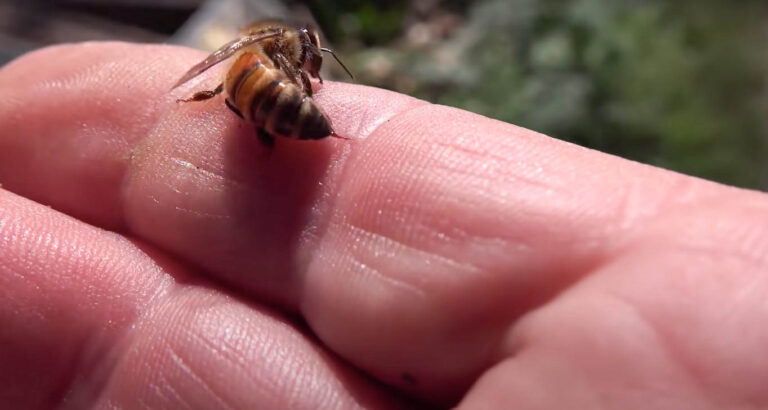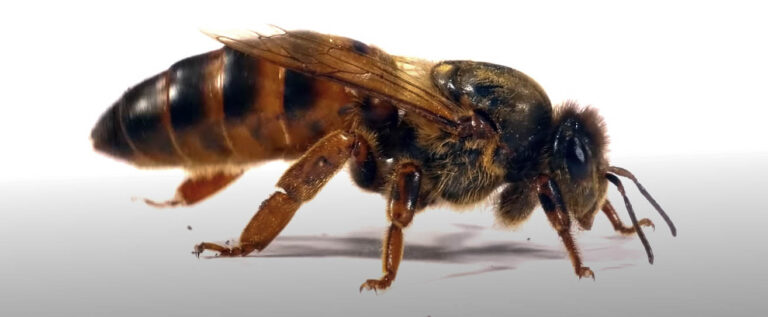What is the difference between bees and wasps?
What is the difference between bees and wasps?
Bees and wasps can be mistaken for each other. This is because of their painful stings and similar physical features. You should note the difference between both types of insects because their stings result in different consequences. You should also be able to tell the insects apart to control their infestations effectively. Here are some of the core differences between bees and wasps.
Aggressiveness
Both wasps and bees can be aggressive. However, wasps are aggressive unprovoked. You do not need to go near wasp nests to be stung by the insects. On the other hand, bees are better mannered. They will sting only when you provoke them or they feel threatened by you. If you were randomly stung by an insect, and you can’t tell whether it is a wasp or bee, it was probably a wasp.
Physical appearance
The physical appearance of both types of insects can be the distinguishing feature you notice. The body of bees is robust and hairy. They also have flat rear legs. On the other hand, wasps have slender bodies. The bodies of wasps are smooth and shiny, while the legs of the insects are cylinder-shaped.
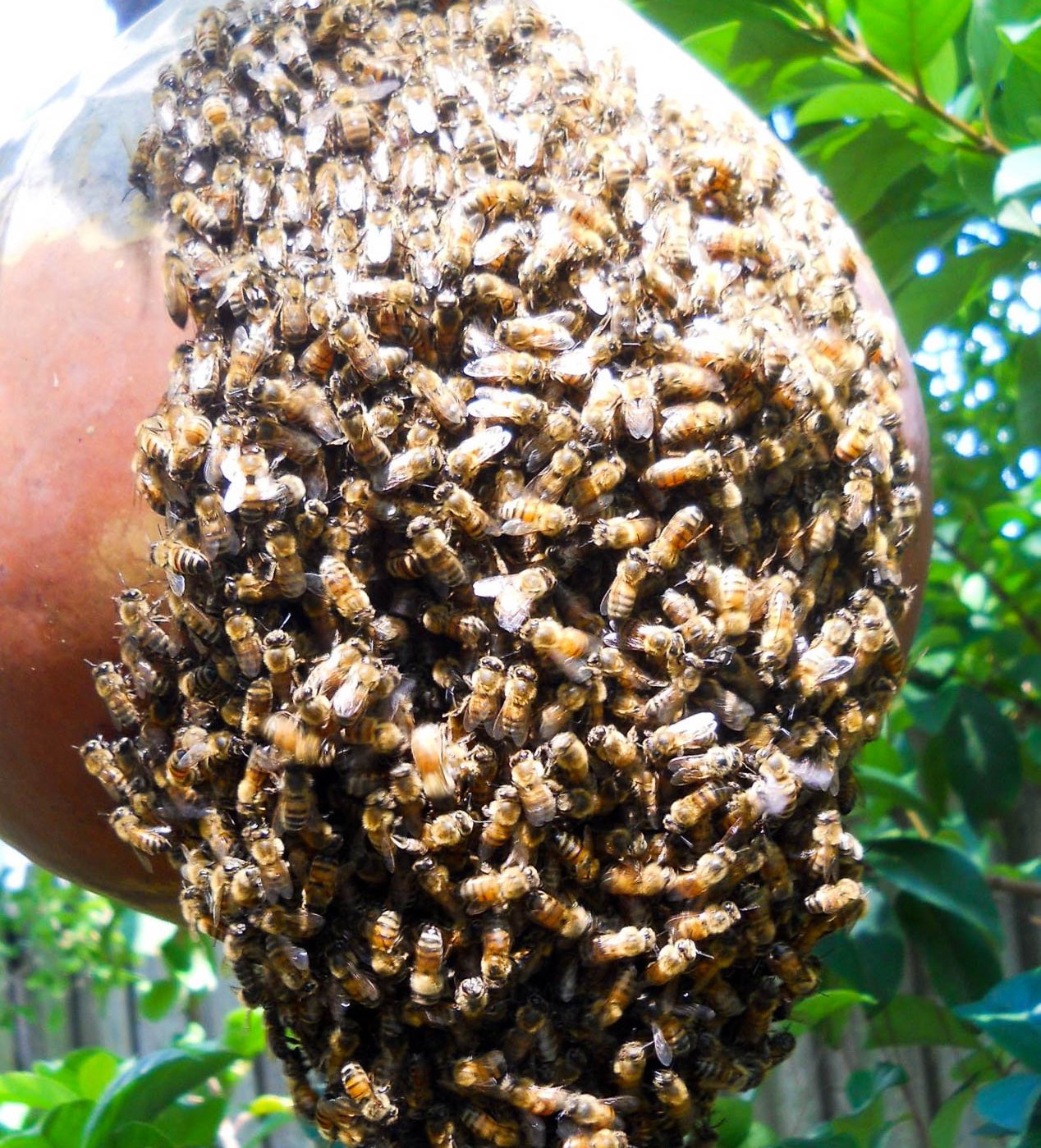
Diet
The diet of both types of insects determine features such as their nesting habits. The diet of bees is majorly made up of nectar and pollen, which they feed on from flowering plants. Because pollen and nectar are important parts of the diet of bees, they are excellent pollinators. Their hairy bodies help them to transfer pollen from one plant to another.
On the other hand, wasps are predators. The diet of wasps includes flies and arthropods. They also feed on caterpillars. Although wasps could feed on nectar and pollen, they are more of a predator.
Nest
The nest of wasps and bees are important differing features. Bees make their nests with materials such as wax. However, wasps make their nests with materials such as papery pulp. If you find the nest of the insects, you could be able to tell whether the infesting critter is a wasp or a bee. We should mention that going close to the nest may not be a good idea. Both insects are bound to sting you when you go close to their nests.
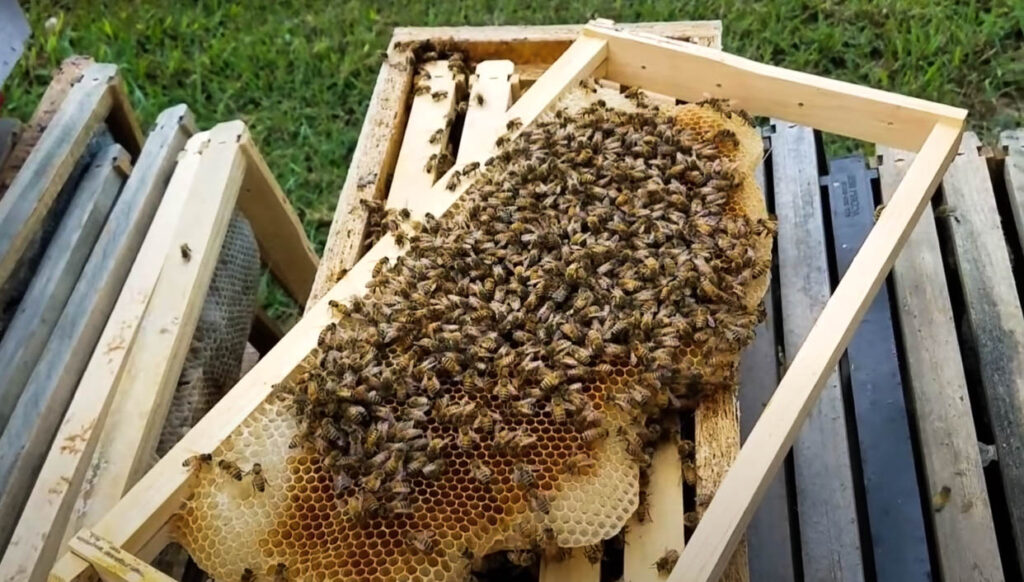
Sting
Both wasps and bees can sting and leave stingers behind. The nature of the stinger determines the following event after they sting. The stinger is hard. As the bee tries to remove the stinger after stinging, it may injure itself and die. This does not occur in wasps as their stingers are easy to remove. Wasps and bees are two of the commonest insects you will mistake for one another. The features above are important for distinguishing them.

